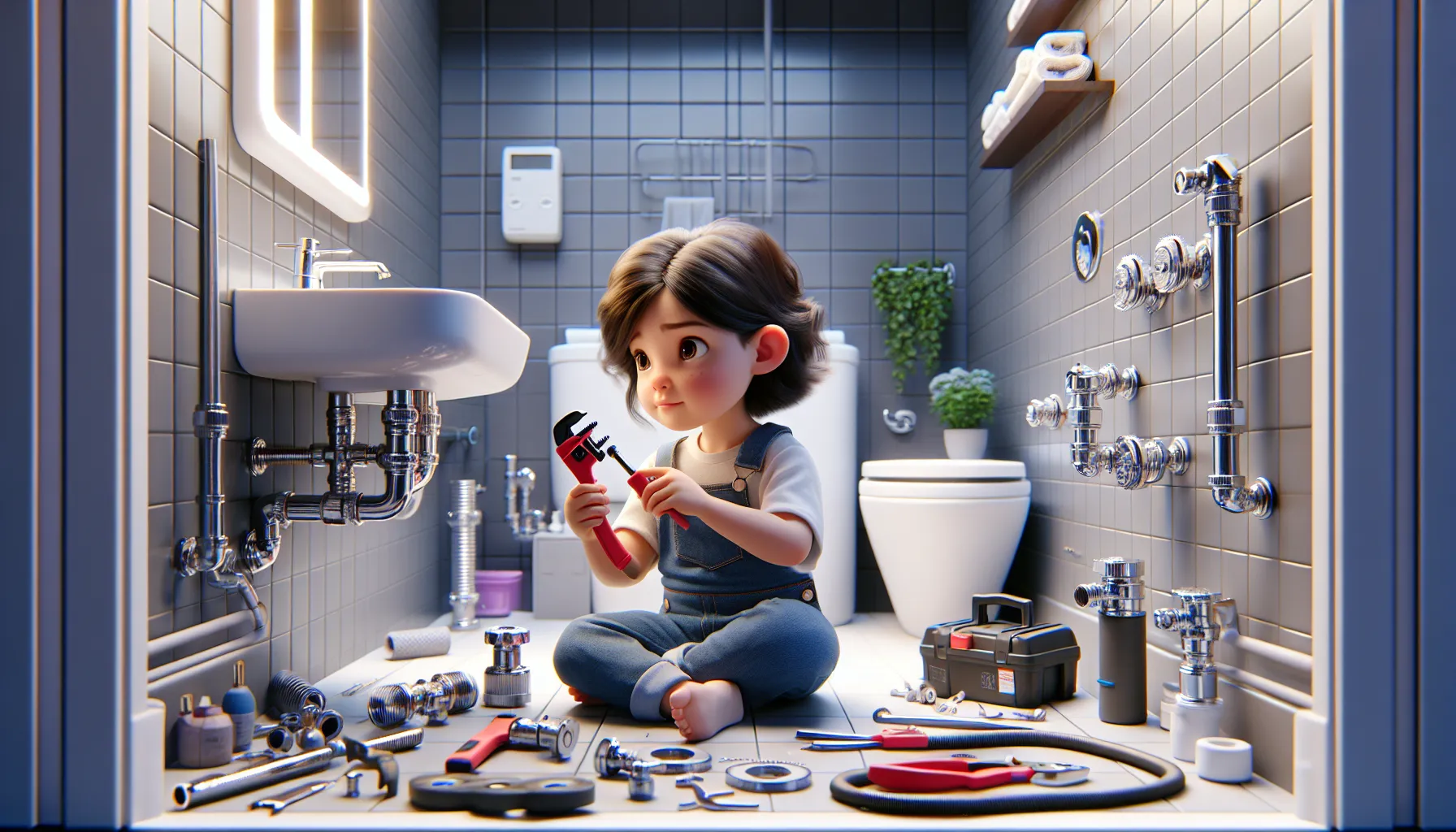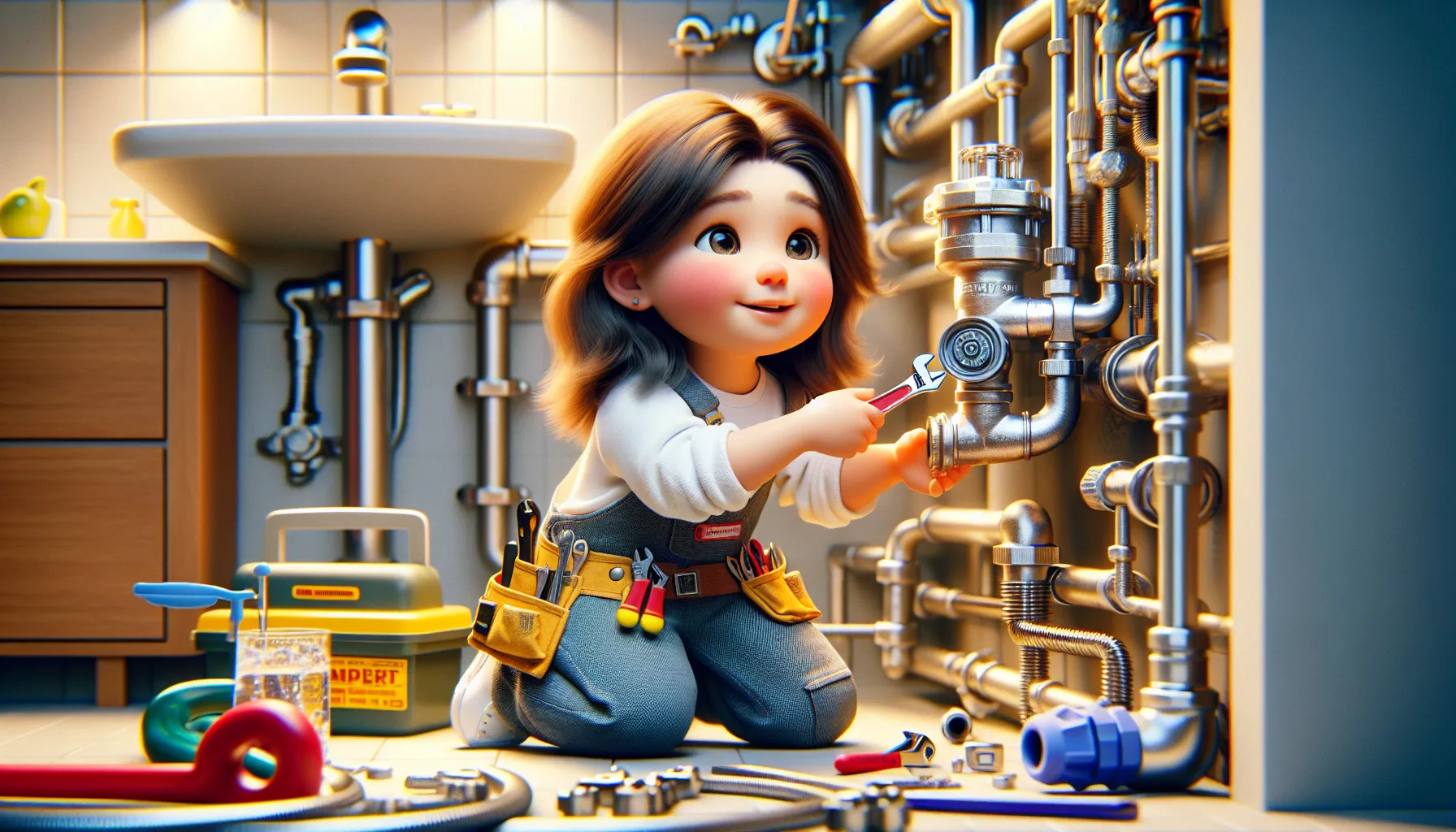Most water systems are designed to flow in one direction, ensuring clean water supply to our homes and businesses. However, sometimes backflow can occur, allowing contaminated water to flow back into the system. This presents a serious health risk, which is why backflow testing is crucial to safeguarding public health and ensuring water quality.
During backflow testing, certified professionals inspect and test backflow prevention devices to confirm they are functioning properly. This simple yet vital process helps prevent the danger of water contamination, protecting both individuals and the community at large. Stay informed about the importance of backflow testing to keep your water supply safe and secure.
Key Takeaways:
- Backflow testing is vital for ensuring safe drinking water. Backflow occurs when contaminated water flows back into the clean water supply, posing a severe health risk.
- Backflow prevention devices must be tested annually by a certified professional. Regular testing ensures that the devices are functioning correctly and protecting the water supply.
- Failure to comply with backflow testing regulations can result in fines and penalties. Municipalities have strict rules in place to protect public water systems, and violations can lead to costly consequences.
- Homeowners and businesses are responsible for maintaining backflow prevention devices. It is crucial to schedule regular testing and repairs to ensure the safety of the water supply.
- Hiring a qualified backflow testing professional is crucial. Look for certified technicians with experience in backflow prevention to ensure accurate testing and proper maintenance of devices.
Understanding Backflow
Some plumbing issues can be more than just inconvenient; they can be hazardous to your health as well. Understanding backflow is crucial in preventing contamination of your drinking water supply and ensuring the safety of your home or business.
Definition of Backflow
Definition: Backflow is the undesirable reversal of water flow in your plumbing system that can lead to the contamination of potable water with non-potable water sources. This can occur when there is a sudden drop in water pressure, causing a reverse flow that pulls in pollutants, chemicals, or other substances back into the clean water supply.
Causes of Backflow Incidents
Backflow: The causes of backflow incidents can vary, but they are often the result of a cross-connection between your potable water system and a non-potable source. This can happen due to back-siphonage, which occurs when there is negative pressure in the plumbing system, or backpressure, which happens when there is an increase in pressure in the non-potable source.
Another important factor contributing to backflow incidents is the lack of proper backflow prevention devices in place. These devices are designed to prevent the backward flow of water and protect the integrity of the water supply. Without them, your plumbing system is vulnerable to potential contaminants seeping back into your drinking water.
The Backflow Preventer
Clearly, understanding the importance of a backflow preventer is crucial in maintaining the safety of your water supply. A backflow preventer is a vital component of a plumbing system that ensures that water flows in only one direction, preventing contamination of clean water with potentially harmful substances. It is designed to stop the reverse flow of water, which could occur due to backpressure or backsiphonage.
Types of Backflow Preventers
- Air Gap: Ensures a physical separation between the water supply and potential sources of contamination.
- Double Check Valve Assembly (DCVA): Uses two check valves to prevent backflow.
- Pressure Vacuum Breaker (PVB): Utilizes a one-way valve to protect against backflow.
- Reduced Pressure Zone Assembly (RPZ): Provides the highest level of protection with two check valves and a relief valve.
- Atmospheric Vacuum Breaker (AVB): Prevents backflow by using air pressure to seal off the water supply.
The type of backflow preventer required will depend on the specific needs of your plumbing system. The key is to ensure that the backflow preventer is properly installed and maintained to protect the quality of your water supply. Importantly, regular testing and inspection of backflow preventers are important to ensure their proper functioning and compliance with regulations.
Components and Functionality
An important component of backflow preventers is the check valve, which allows water to flow in only one direction. The function of the check valve is to close automatically when there is a reversal of flow, preventing contaminated water from entering the clean water supply. Another crucial component is the relief valve, which helps to discharge any excess water to prevent damage to the system.
Preventers play a vital role in safeguarding public health by preventing the contamination of drinking water with harmful chemicals and bacteria. It is crucial to ensure that backflow preventers are installed correctly and maintained regularly to keep them functioning properly. Regular inspections and testing can help identify any issues early on and prevent any potential hazards to the water supply.
Regulations and Standards
Not staying compliant with regulations and standards regarding backflow testing can lead to serious consequences for both individuals and communities. It is crucial to understand and adhere to the rules set forth by national and local authorities to ensure the safety of the water supply system.
National and Local Codes
An important aspect of backflow testing is ensuring that the work is done in accordance with national and local codes. These codes dictate the proper procedures for testing, repairing, and maintaining backflow prevention devices. Failure to follow these codes can result in contamination of the water supply, leading to health hazards and legal implications for those responsible.
Certification Requirements for Testers
With backflow testing being a critical element in safeguarding the water supply, it is crucial that testers have the necessary certifications to perform the job correctly. Certification requirements for testers may vary by state and locality, but typically involve completing training courses and passing an exam to demonstrate proficiency in backflow prevention techniques. Hiring certified testers ensures that the testing is done accurately and reliably, reducing the risk of backflow incidents.
Local authorities may enforce specific certification requirements for testers operating within their jurisdiction to maintain the integrity of the water supply system. It is important for testers to stay updated on the latest certification standards and renew their certifications as needed to continue their practice legally.
Preparation for Backflow Testing
Scheduling and Notification Processes
All property owners need to schedule a backflow testing appointment with a certified technician well in advance to ensure compliance with local regulations. An important aspect of the preparation process is to provide proper notification to tenants or residents about the testing date and any necessary precautions they need to take. This helps in ensuring smooth access to the backflow prevention devices and avoids any disruptions during the testing process.
Necessary Equipment for Testing
Processes for backflow testing require specific equipment such as test kits, gauges, and specialized tools to accurately assess the functionality of backflow prevention devices. It is imperative to ensure that all equipment used for testing is in good working condition and calibrated properly to obtain precise results. In addition, technicians should be trained to use the equipment correctly to conduct thorough and reliable backflow tests.
Scheduling backflow testing appointments in advance ensures timely compliance with regulations.
The Testing Process
Despite the critical nature of backflow testing, the process is straightforward and necessary to ensure the safety of drinking water. The testing process involves verifying that a backflow prevention device is working correctly to prevent the reverse flow of contaminated water into the clean water supply.
Step-by-Step Testing Procedures
An necessary part of backflow testing is following the specific step-by-step procedures to ensure accurate results. The table below outlines the key testing procedures:
| Step 1 | Shut off main water supply and open test cocks |
| Step 2 | Apply test kit to check for any backflow |
| Step 3 | Record pressure readings and verify proper functioning |
Interpreting Test Results and Reporting
Any discrepancies in the test results must be carefully interpreted and reported. It is crucial to understand the readings and take appropriate action to address any issues found during the testing process.
With accurate interpretation of test results, potential risks of backflow contamination can be identified and corrected promptly. Reporting findings to the relevant authorities ensures compliance with regulations and the safety of the water supply.
Maintenance and Repair
Routine Backflow Preventer Maintenance
For proper functioning, backflow preventers require routine maintenance. Any lapse in maintenance can lead to contamination of the water supply, posing serious health risks. It is recommended to have a professional perform annual inspections to ensure the device is operating correctly. During these inspections, they will check valve functioning, seals, and pressure levels to guarantee the preventer is performing its job effectively.
Troubleshooting Common Issues and Repairs
Repairs to backflow preventers should only be conducted by certified professionals. Attempting repairs without the necessary expertise can result in further damage or improper functioning, putting the water supply at risk. Some common issues that may arise include leaks, valve malfunctions, and pressure problems. When these issues occur, it is crucial to have a qualified technician diagnose and repair the problem promptly.
Maintenance: Regular maintenance of backflow preventers is crucial to ensure the safety of the water supply. Ignoring maintenance schedules can lead to potential backflow incidents, contaminating the water system and posing health hazards to the public. By staying proactive with maintenance and addressing any issues promptly, you can help prevent costly repairs and protect the community’s water quality.
Best Practices for Backflow Prevention
Proactive Measures to Prevent Backflow
Best practices for backflow prevention involve taking proactive measures to ensure the safety of your water supply. This includes performing regular backflow testing and maintenance on backflow prevention devices to identify and address any issues before they escalate. It is crucial to follow the manufacturer’s recommended maintenance schedule to keep the devices in proper working condition.
Additionally, creating a backflow prevention plan that outlines procedures for handling potential backflow incidents can help mitigate risks. This plan should include regular inspections, testing, and record-keeping to ensure compliance with local regulations and to maintain the integrity of the water system.
Educational Resources for Stakeholders
Best practices for backflow prevention also involve educating stakeholders about the importance of backflow prevention and how they can contribute to safeguarding the water supply. Providing educational resources such as training sessions, informational materials, and online resources can help raise awareness and promote best practices among property owners, facility managers, and water utility professionals.
Backflow prevention programs can offer certification courses and workshops to stakeholders to enhance their understanding of backflow prevention techniques and regulations. By equipping stakeholders with the knowledge and skills to identify potential backflow hazards and take appropriate actions, the community can collectively work towards a safer and more secure water system.
Conclusion
To wrap up, backflow testing is a critical process that ensures the safety and quality of our water supply. By understanding the importance of preventing contaminated water from flowing back into clean water systems, homeowners and businesses can take the necessary steps to protect their health and the environment. Regular backflow testing and maintenance are crucial to maintain compliance with regulations and prevent potential health hazards.
By staying informed about backflow prevention and testing requirements, individuals can contribute to the overall safety and well-being of their communities. Remember to schedule regular backflow testing with a certified professional to ensure that your water systems remain safe and in compliance with regulations.
FAQ
Q: What is backflow testing?
A: Backflow testing is a process used to ensure that water is flowing in the correct direction within a plumbing system to prevent contamination.
Q: Why is backflow testing important?
A: Backflow testing is important because it helps to protect the public water supply from potential contaminants that could enter the system through backflow.
Q: Who should perform backflow testing?
A: Backflow testing should be performed by a licensed and certified backflow testing technician to ensure accurate and reliable results.
Q: How often should backflow testing be done?
A: Backflow testing should be conducted annually to comply with most state and local regulations and to ensure the continued safety of the water supply.
Q: What happens if backflow testing is not performed?
A: Failure to perform backflow testing can result in fines, penalties, and potential health risks due to contaminated water entering the public water supply. It is important to prioritize backflow testing to maintain water safety standards.


